Understanding Blockchain Technology and Its Impact on Financial Services on Peerwallet
Monday 22nd of April 2024

Blog Introduction: If you're a freelancer, small business owner, or entrepreneur, chances are you've considered accepting credit card payments at some point. After all, credit cards are one of the most popular payment methods worldwide. In 2019, there were over 50 billion credit card transactions globally, totalling over $30 trillion. That's a lot of plastic!
There are a few different ways to accept credit card payments, each with its benefits and drawbacks. In this blog post, we'll explore the most popular methods so that you can decide which one is right for you.
1. Credit Card Terminal
The first and most obvious way to accept credit card payments is to use a credit card terminal. terminals are physical devices that allow you to swipe or insert a customer's credit card and process the transaction in real-time. Most terminals are connected to a landline phone or broadband internet connection, although some newer models can connect wirelessly via Bluetooth or Wi-Fi.
Terminals have the advantage of being very fast and easy to use. They're also very secure; all sensitive data is encrypted before it even reaches the terminal, so there's no risk of your customers' information being compromised. The downside of terminals is that they can be expensive to purchase and maintain; you'll also need to pay for things like transaction fees and monthly rental fees.
2. Use a Point-of-Sale System
Another popular way to accept credit card payments is by using a point-of-sale (POS) system. POS systems are designed for in-person transactions and come with a variety of features like inventory management, customer tracking, and loyalty programs.
If you have a physical store or office, then using a POS system is a great way to accept credit card payments from customers. The benefits of using a POS system are that they're easy to use and they offer additional features that can be helpful for businesses. However, the downside is that POS systems can be expensive to set up and maintain.
3. Mobile Credit Card Reader
The third way to accept credit card payments is with a mobile credit card reader. Mobile readers are small devices that plug into your smartphone or tablet and allow you to swipe or insert customers' credit cards just like you would with a terminal. Mobile readers usually come with an accompanying app that allows you to track transactions, send invoices, and more.
Mobile readers have the advantage of being very portable; you can take them with you wherever you go and process transactions on the spot. They're also relatively inexpensive; most mobile readers cost around $30-$50 upfront plus transaction fees. The downside of mobile readers is that they're not as secure as terminals since the data isn't encrypted until it reaches the reader itself. Additionally, mobile readers only work with certain types of smartphones and tablets; if you don't have one of those devices, you won't be able to use a mobile reader.
4. Payment Gateway
Another popular way to accept credit card payments is through a payment gateway. A payment gateway is an online service that acts as a middleman between your website or shopping cart and your merchant account (more on that in a minute). Customers enter their credit card information on your website or shopping cart, and the payment gateway processes the transaction and sends the funds to your merchant account.
Payment gateways have the advantage of being very convenient; customers can enter their information on your website without having to leave to go to a separate terminal. They're also relatively inexpensive; most payment gateways charge a per-transaction fee plus a small monthly fee. The downside of payment gateways is that they require you to have a merchant account (more on that in a minute), and they're not as secure as terminals since the data isn't encrypted until it reaches the gateway itself.
Peerwallet is a reliable payment option for personal use
Peerwallet is a payment gateway that offers a variety of features for personal use. It allows users to send and receive payments, as well as to manage their finances. Peerwallet is a reliable payment option for personal use because it is easy to use and provides a variety of features. For example, users can create and manage their accounts, view their transaction history, and add or remove funds from their accounts. Peerwallet also offers a variety of security features, such as two-factor authentication and fraud detection. As a result, Peerwallet is a reliable and secure payment option for personal use.
How to get started with Peerwallet
To get started with Peerwallet, visit the website and create an account. Once you have created an account, you will be able to add or remove funds from your account, view your transaction history, and send and receive payments. All you need is to complete your verification and start using credit cards to make payments for personal purchases or use.
For instance, if you want to get an item on an e-commerce website with a peerwallet integrated as a payment gateway, you can easily do that at the checkout page of the e-commerce platform. Select Peerwallet as your payment option, and log in to your peerwallet account. If there are funds in your peerwallet account, you can make payments easily. If there are no funds simply go to the marketplace, select a reliable merchant, choose your preferred payment method, and make payment to receive peerwallet funds. Once you are done, you can complete your purchase for your items or services.
Conclusion
So there you have it! Those are the most popular ways to accept credit card payments for personal use. Each method has its advantages and disadvantages, so it's important to choose the one that's right for your particular needs. Whichever method you choose, make sure you compare prices from different providers so that you can get the best deal possible!
Also, do not forget that you can make use of peerwallet for easy payments for personal items and services. Visit peerwallet.com today to get started.
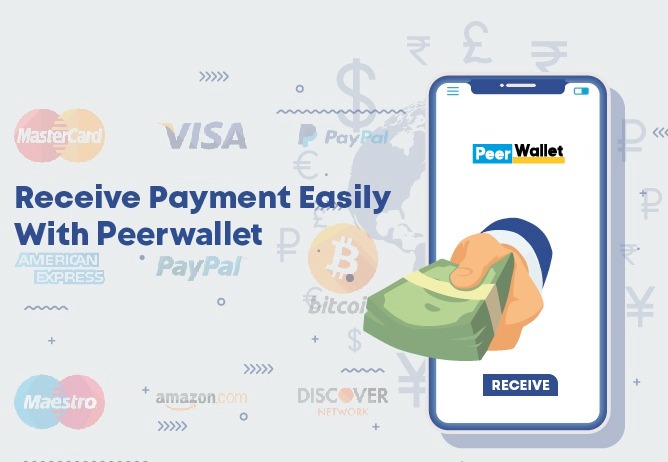
Monday 22nd of April 2024

Monday 22nd of April 2024

Monday 22nd of April 2024

Monday 22nd of April 2024

Monday 22nd of April 2024

Monday 22nd of April 2024

Monday 22nd of April 2024

Monday 22nd of April 2024

Monday 22nd of April 2024

Monday 22nd of April 2024

Monday 22nd of April 2024

Monday 22nd of April 2024

Monday 22nd of April 2024

Monday 22nd of April 2024

Monday 22nd of April 2024

Monday 22nd of April 2024

Monday 22nd of April 2024

Monday 22nd of April 2024

Monday 22nd of April 2024

Monday 22nd of April 2024

Monday 22nd of April 2024

Monday 22nd of April 2024

Monday 22nd of April 2024

Monday 22nd of April 2024

Monday 22nd of April 2024

Monday 22nd of April 2024

Monday 22nd of April 2024

Monday 22nd of April 2024

Monday 22nd of April 2024

Monday 22nd of April 2024

Monday 22nd of April 2024

Monday 22nd of April 2024


Monday 22nd of April 2024

Monday 22nd of April 2024

Monday 22nd of April 2024

Monday 22nd of April 2024

Monday 22nd of April 2024

Monday 22nd of April 2024

Monday 22nd of April 2024
.jpeg)
Monday 22nd of April 2024

Friday 20th of October 2023
Friday 20th of October 2023

Thursday 1st of December 2022
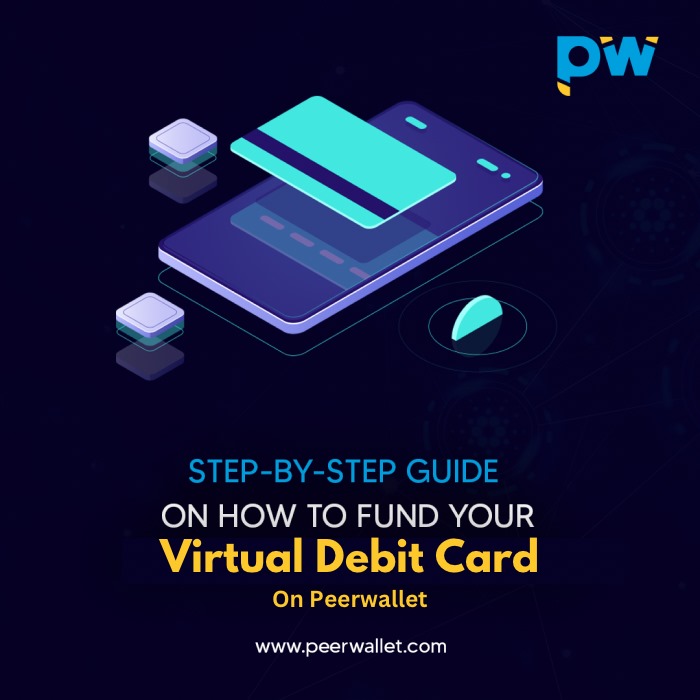
Thursday 1st of December 2022
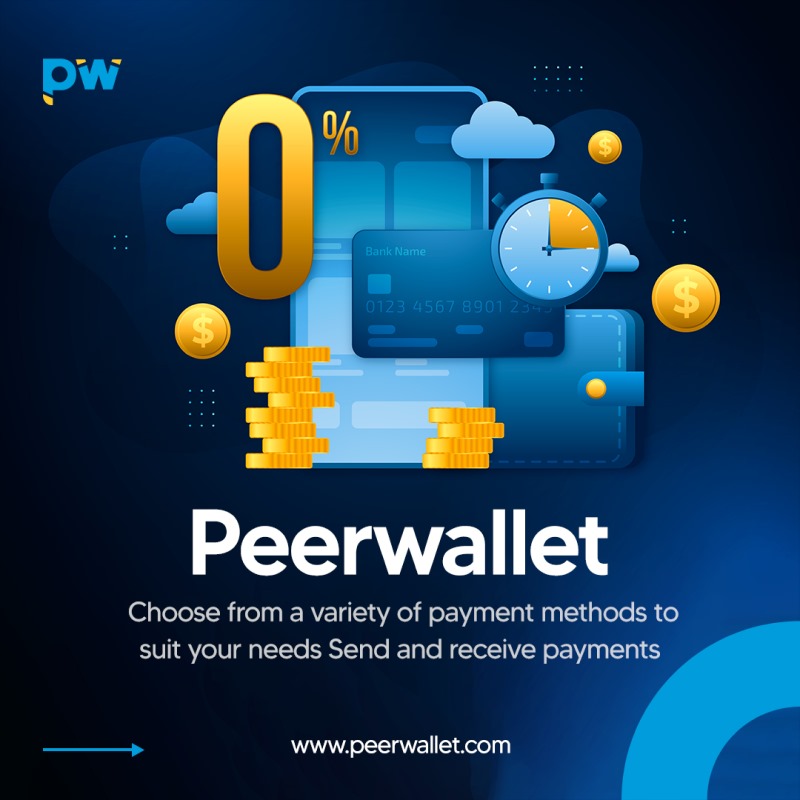
Thursday 1st of December 2022

Thursday 1st of December 2022
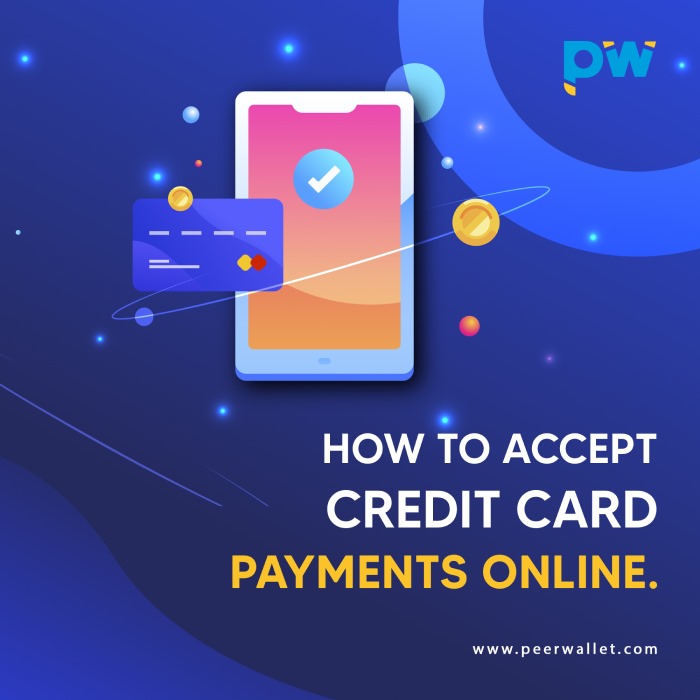
Thursday 1st of December 2022

Thursday 1st of December 2022

Thursday 1st of December 2022

Thursday 1st of December 2022

Thursday 1st of December 2022

Thursday 17th of November 2022

Wednesday 2nd of November 2022

Wednesday 2nd of November 2022

Wednesday 2nd of November 2022
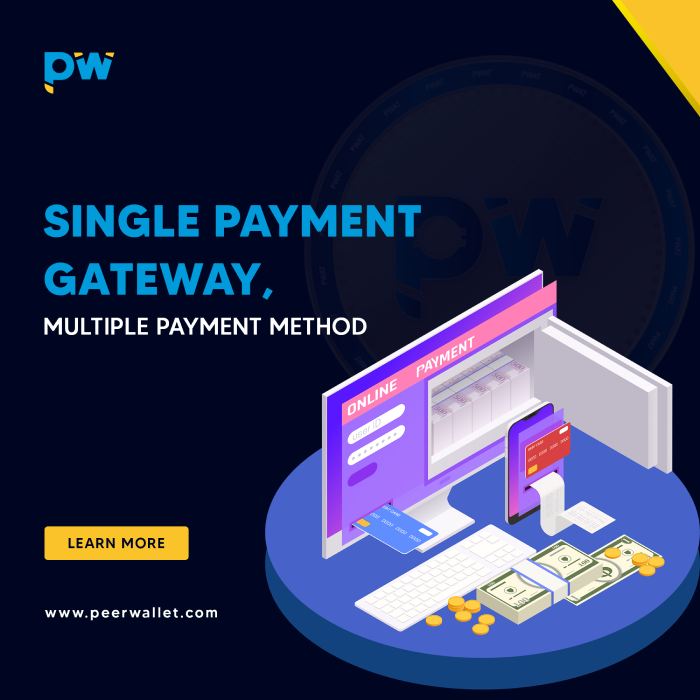
Wednesday 2nd of November 2022

Wednesday 2nd of November 2022
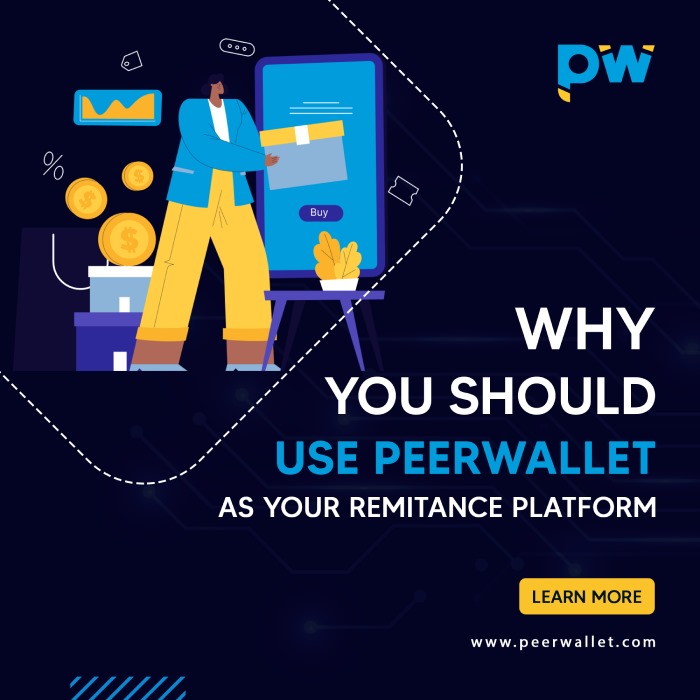
Wednesday 2nd of November 2022
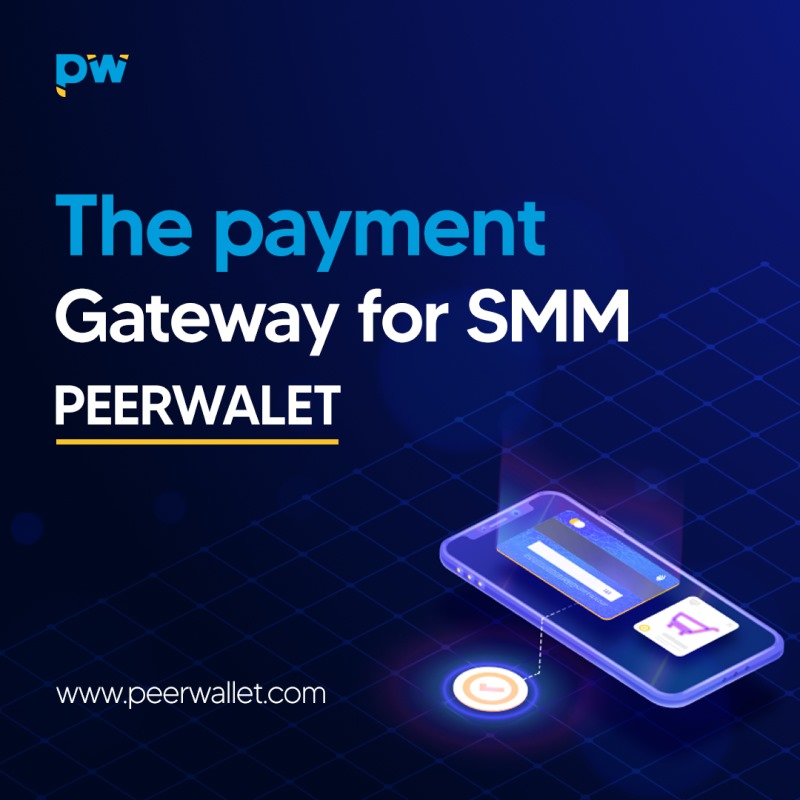
Wednesday 2nd of November 2022

Wednesday 2nd of November 2022

Wednesday 2nd of November 2022
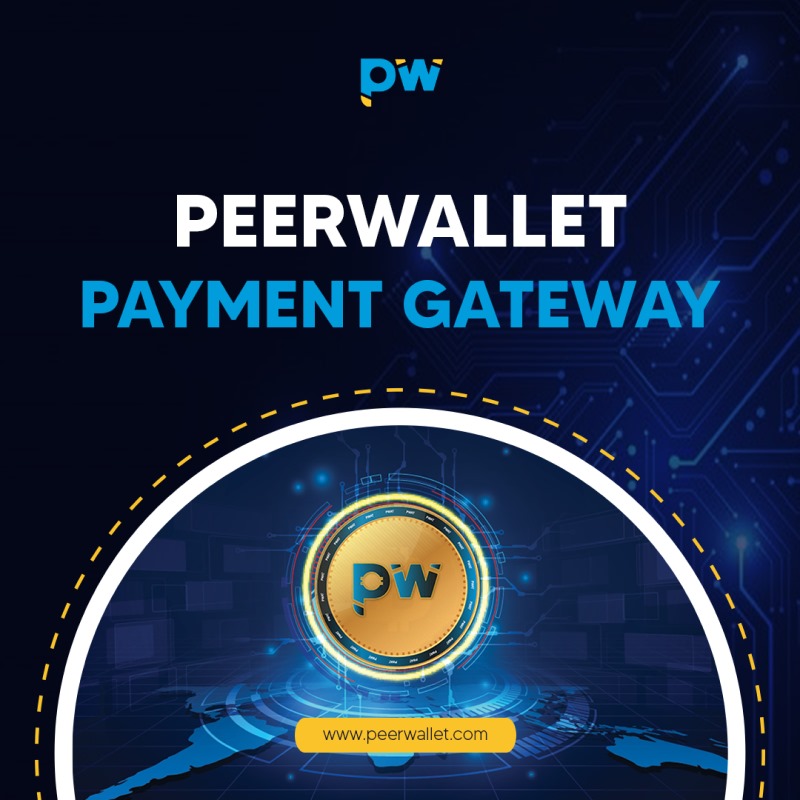
Tuesday 11th of October 2022

Tuesday 11th of October 2022

Tuesday 11th of October 2022
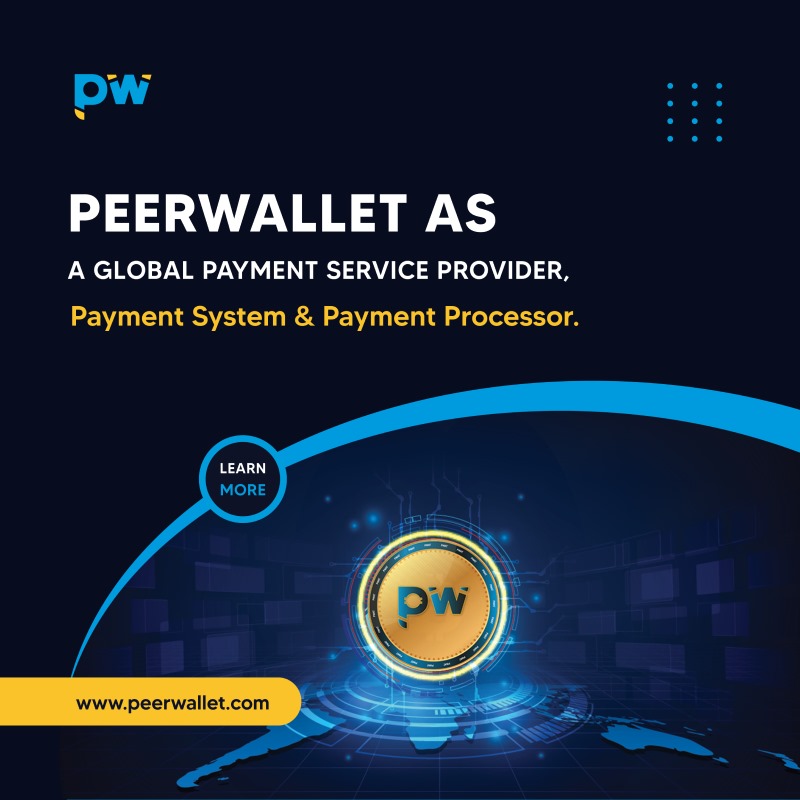
Monday 10th of October 2022